I think it goes without saying that the Galaxy S21 is the most understated and undesirable flagship smartphone among Android enthusiasts we’ve seen in years. Its bigger brothers, the S21+ and S21 Ultra have definitely gotten a lot more attention. I mean, have you seen the Ultra? It’s big, it has some pretty incredible cameras and its performance is on point.
But what if I told you that the Galaxy S21 is the phone you should actually buy?
Before you jump into the comments and tell me that the S21 is a poor excuse for a flagship smartphone or that Samsung has lost its way, hear me out. Flagship smartphones have undergone a weird evolution over the past 2-3 years with companies like Samsung, Huawei, and Apple splitting their devices from just offering a small and a large variant to creating a new Pro and Ultra category. If you want cutting-edge camera technologies like a 10x periscope zoom lens, 12GB, or even 16GB of RAM, plus all the other bells and whistles they’ve tacked on to help justify those ridiculous $1200 or even higher prices, that’s where you should spend your money.
Galaxy S21 specifications
Personally, I think the Galaxy S21 offers the best bang for your buck, and at $800, it’s a steal when compared to what Samsung was trying to sell you last year. So let’s go over the basics. The S21 sports a 6.2-inch display with a 10MP selfie camera keeping through a hole-punch cutout in the top middle, 8GB of RAM, 128GB of internal storage, the latest Snapdragon 888, and a 4000 mAh battery. The triple camera system on the back matches what last year’s S20 delivered with two 12MP sensors for the main and ultrawide cameras and a 64MP zoom camera.
Galaxy S21 design
So why choose the S21 over the S21 Plus? For starters, there’s that $200 price difference. Without any discounts, the larger sibling will cost you $1,000 and it really doesn’t deliver anything more than a slightly larger 6.7-inch display and a 4800 mAh battery. Everything else is exactly the same. Ok, maybe not everything.
The other key difference between the S21 and the Plus is the plastic back panel on this phone compared to the traditional glass finish on the S21 Plus. Glass is a premium product and should cost a bit more, but I don’t think those three upgrades are worth $200, especially since Samsung’s done an incredible job with the plastic finish here.
As I pointed out in my S21 Ultra review, the new design of the S21 series is stunning and I think it looks even better on the S21 with the smaller camera module that’s been pushed to the top left corner on the back of the phone. The way it seamlessly melts into the metal frame makes it one of my favorite-looking devices from the past few years. With so many other smartphones sporting nearly identical designs, the S21 is easy to spot in a crowd.
Galaxy S21 display
The size is great as well with the 6.2-inch display, especially since Samsung has done away with the curved panel. It’s really hard to describe how much easier this phone is to use when compared to last year’s model. Some will gripe that Samsung is simply cheaping out, but the curve never really served any practical purpose. That being said, I am disappointed that we’re only getting FHD+ displays this time around. The last time we saw this resolution on a flagship device from Samsung we have to go back to 2014 with the launch of the Galaxy S5. Let me be clear, the AMOLED display being used here is pretty incredible with HDR10+, 1300 nits of peak brightness, and a 120Hz dynamic refresh rate. Viewing angles are spectacular, daylight visibility is never an issue and the 120Hz refresh rate makes the phone so much more enjoyable when you consider last year Samsung made you choose between the higher resolution or the higher refresh rate.
Personally, I love high-resolution displays, but at 6.2-inches, it’s incredibly difficult to spot individual pixels.
One thing I’d like to point out is that the performance on the cheapest S21 device is practically identical to that of the Ultra. It does have a slight disadvantage when it comes to multitasking since it has 8GB of RAM versus the 12GB in the Ultra, but you’ll have a hard time noticing the difference unless you’re going out of your way to find it. The only issue that we were able to spot is with thermals if you push the phone hard for 20 minutes or more, but we only notice a dip in frame rates on a select number of games that allow frame rates that are higher than 60fps.
Gaming on this phone is spectacular with the Snapdragon 888 delivering class-leading graphics rendering. You’ll easily be able to the max frame rates offered by most games with enough hear room to deliver that same level of performance for at least a few years.
Galaxy S21 cameras
Compared to the S21 Ultra, the triple camera setup on this phone can sound a bit pedestrian. The good news is that Samsung isn’t phoning it in. Despite the fact that the hardware here is identical to what we got last year, the camera team has made noticeable improvements to the photo quality, bumping up the dynamic range, toning down the saturation, and more. I honestly don’t have many complaints with the rear cameras and was quite surprised to see how consistent the results were from all three sensors on the back. The Pixel cameras have been the main reason I’ve gravitated to Google’s smartphones these past few years, but these images may have me reconsider my daily driver, at least for the first half of the year.
The versatility offered by having an ultrawide, main, and 3x telephoto camera is the sweet spot. Honestly, I think I’m just happy that Samsung didn’t throw a macro camera on the back just to boost the spec list since I honestly can’t remember that last time I took a macro shot that wasn’t for a smartphone review. The 3x zoom comes in handy when you want to quickly get closer to your subject. It might not be as impressive as the 10x zoom that the ultra has, but that’s perfectly fine with me.
The only downside is with the front-facing camera. The results are really good in most situations, but the 10MP sensor and Samsung’s image processing still aren’t enough to compete with the incredible selfies that the Pixel 5 delivers. Samsung’s skin smoothing, even when turned completely off, is still quite noticeable. There are plenty of people who love the effect, but there’s no reason why it can’t be turned off completely.
In addition to great pictures, the S21 is a great option for video capture with all sensors, including the selfie camera delivering 4K video at 60 fps. And if you want to test out the water with 8K video, the main sensor allows for that as well.
Personally, I’m not a big fan of OneUI 3.0. It covers the basics and if you like customizing a thousand and one different features, Samsung has you covered there as well. But if you like simple and clean you’ll have to install another launcher on here. I will give Samsung credit for finally offering the Google Discover feed, something I’ve been wanting to see for a long, long time.
My issue with Samsung’s software mainly comes down to aesthetics and their design choices with a side-scrolling app drawer, the inconsistent layout of their first-party apps, and the fact that you have to see ads in a handful of Samsung’s own apps.
How to turn off ads on Samsung phones for good
Galaxy S21 Battery Life
On the battery front, the S21 isn’t going to be winning any awards, but the 4,000 mAh cell does the job quite well. On an average day, I was able to push the phone hard with 5-6 hours of screen on time, sending emails, browsing the web, playing games, taking pictures, and a whole lot more.
Usually, I finish out the day with about 20% battery life remaining after having it off a charger for 14 hours. Of course, you get wireless charging and reverse wireless charging if you’re feeling generous when a friend’s phone is running low on juice or if you want to top off your earbuds.
One thing that I forgot to mention in the S21 Ultra review is that Samsung is one of the few that allows you to choose your charging speed of the phone. The 25W fast charging isn’t particularly fast when compared to the competition, but you do have the option to step the speed down if you charge your device while you sleep, reducing the battery degradation over time that some along with fast charging speeds, a feature that’s definitely useful if you’re planning on holding onto your phone more than a year.
Final thoughts
The Galaxy S21 is definitely an odd device. In my book, it definitely deserves its place in the flagship smartphone segment thanks to its incredible performance, top-notch display, and great cameras. I think the main issue people have here is that Samsung slapped a plastic panel on the back of the phone. For me, that’s not an issue and if it’s one of the reasons Samsung was able to get this phone to market for only $800, I think it’s a good thing.
The S21 may not be the ultimate flagship smartphone, but it’s definitely the device I’ll be recommending for the average consumer who wants a great camera and enough performance headroom for a smooth Android experience for years to come.
Samsung Galaxy S21 Rating: star_fullstar_fullstar_fullstar_fullstar_50 (4.6 / 5)
The Good
- Display
- Design
- Performance
- Cameras
The Bad
- UI Design
- Annoying ads
- Battery isn’t great
The Bottom Line
The Samsung Galaxy S21 is the phone we recommend if you’re looking for a high-end Samsung smartphone in 2021, offering significantly more value than the Galaxy S21+ and the Ultra.

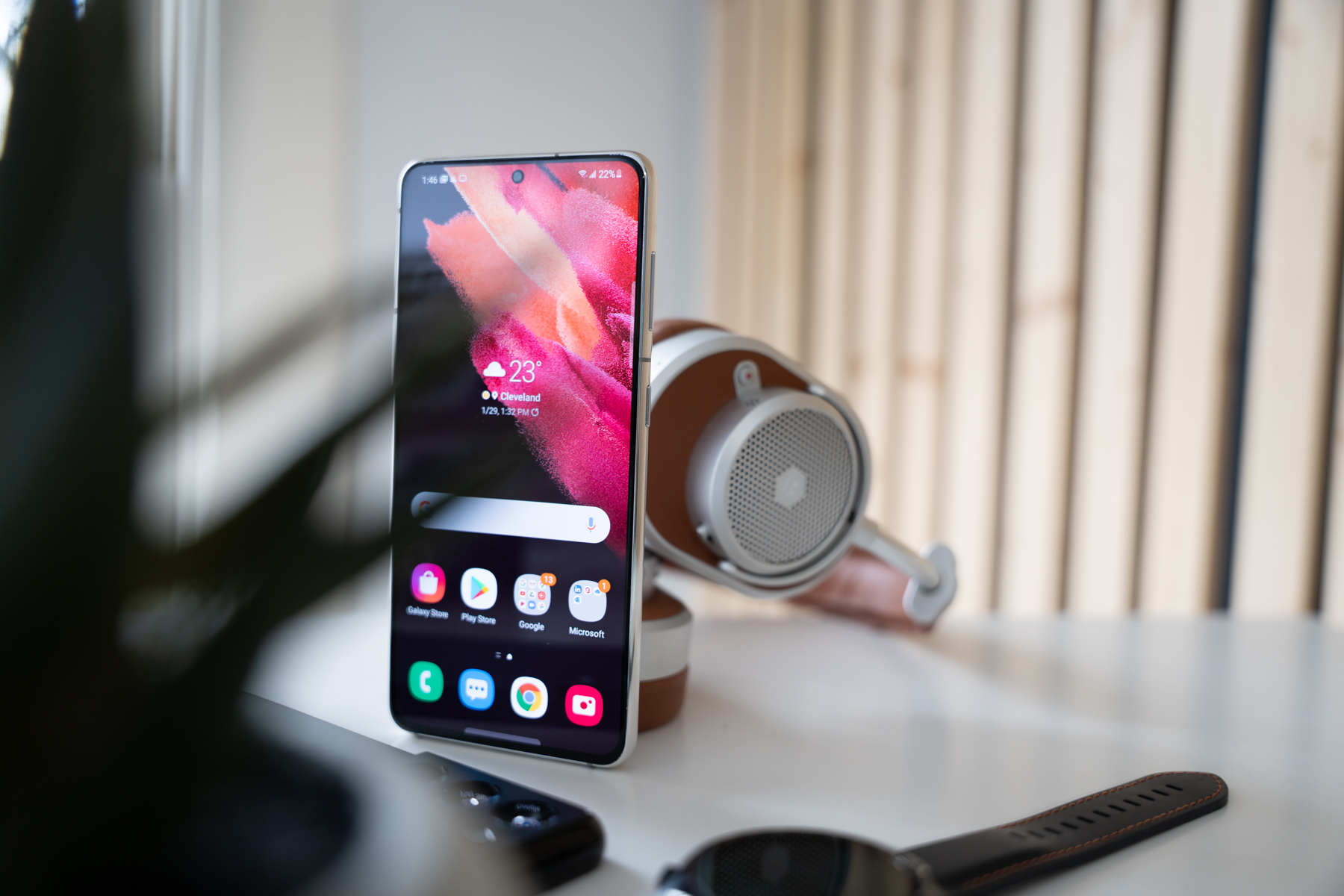

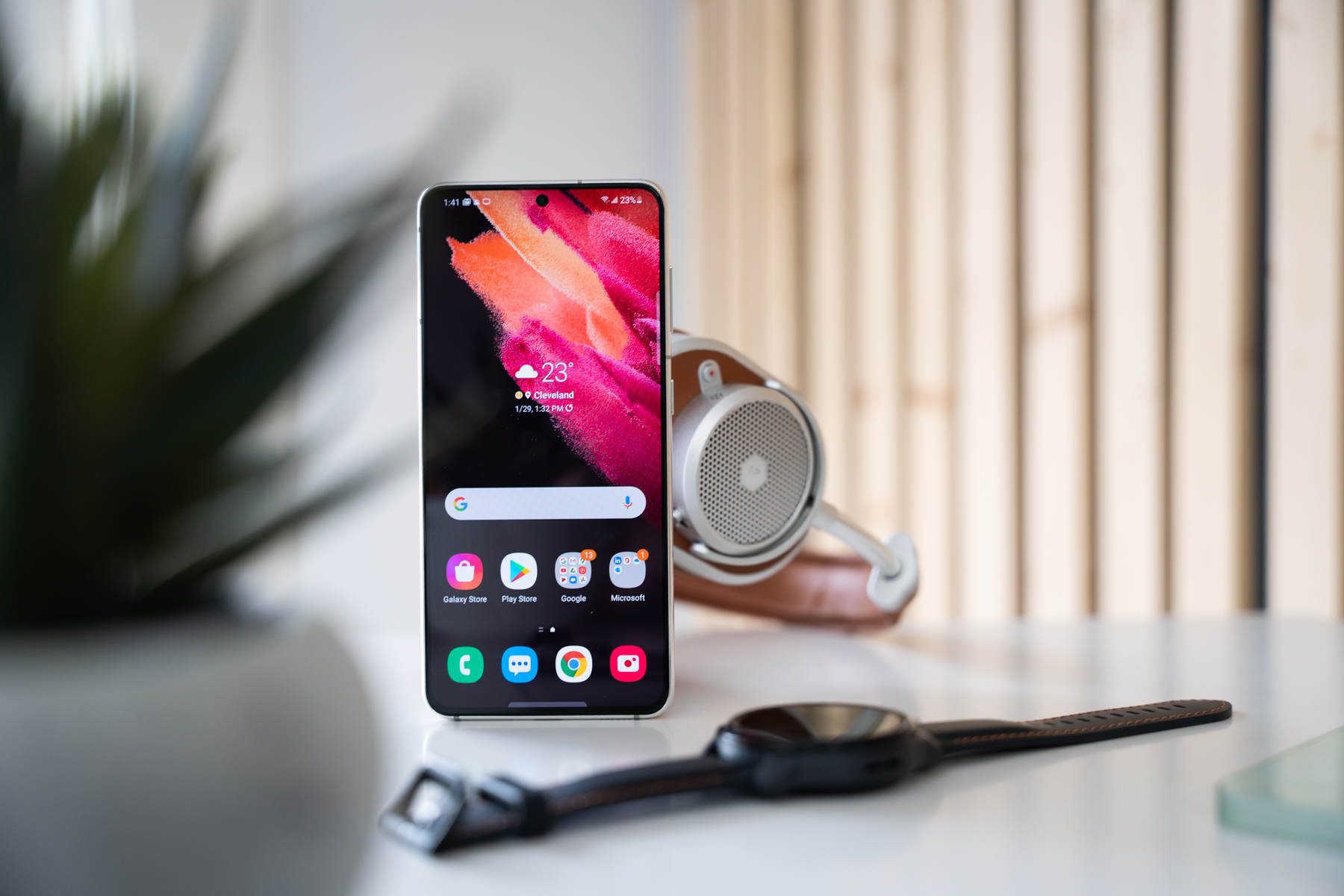









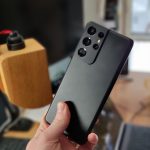

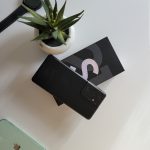












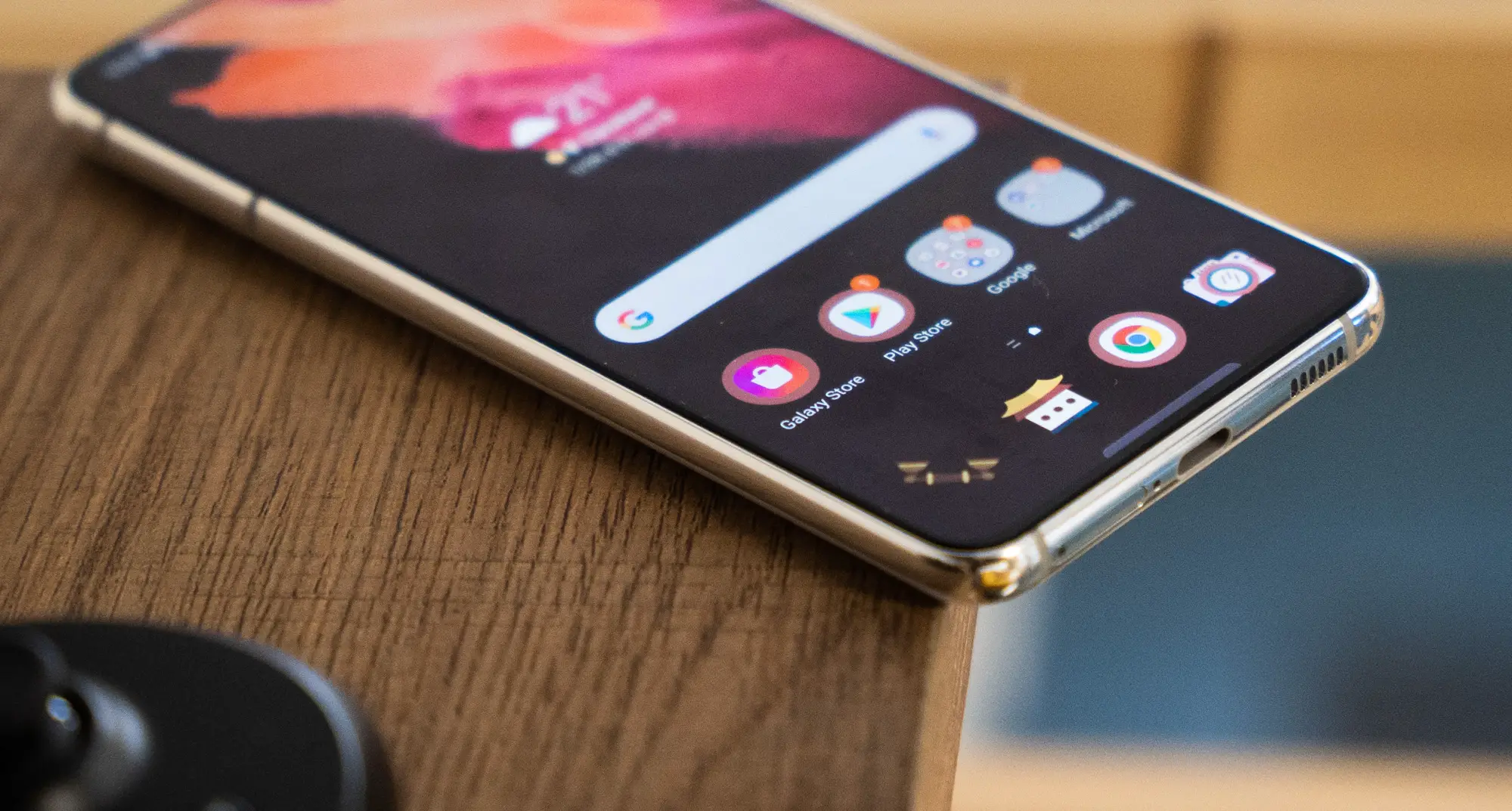
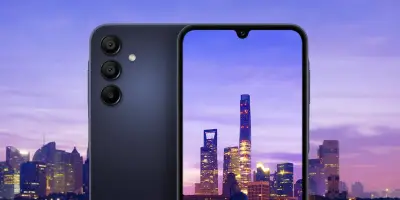
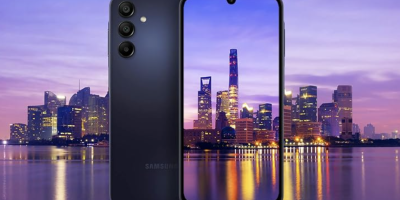

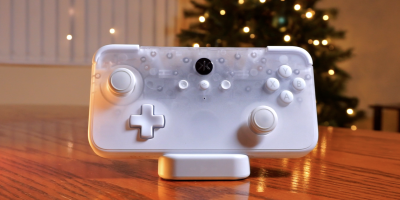

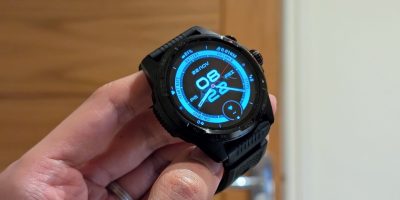




Comments